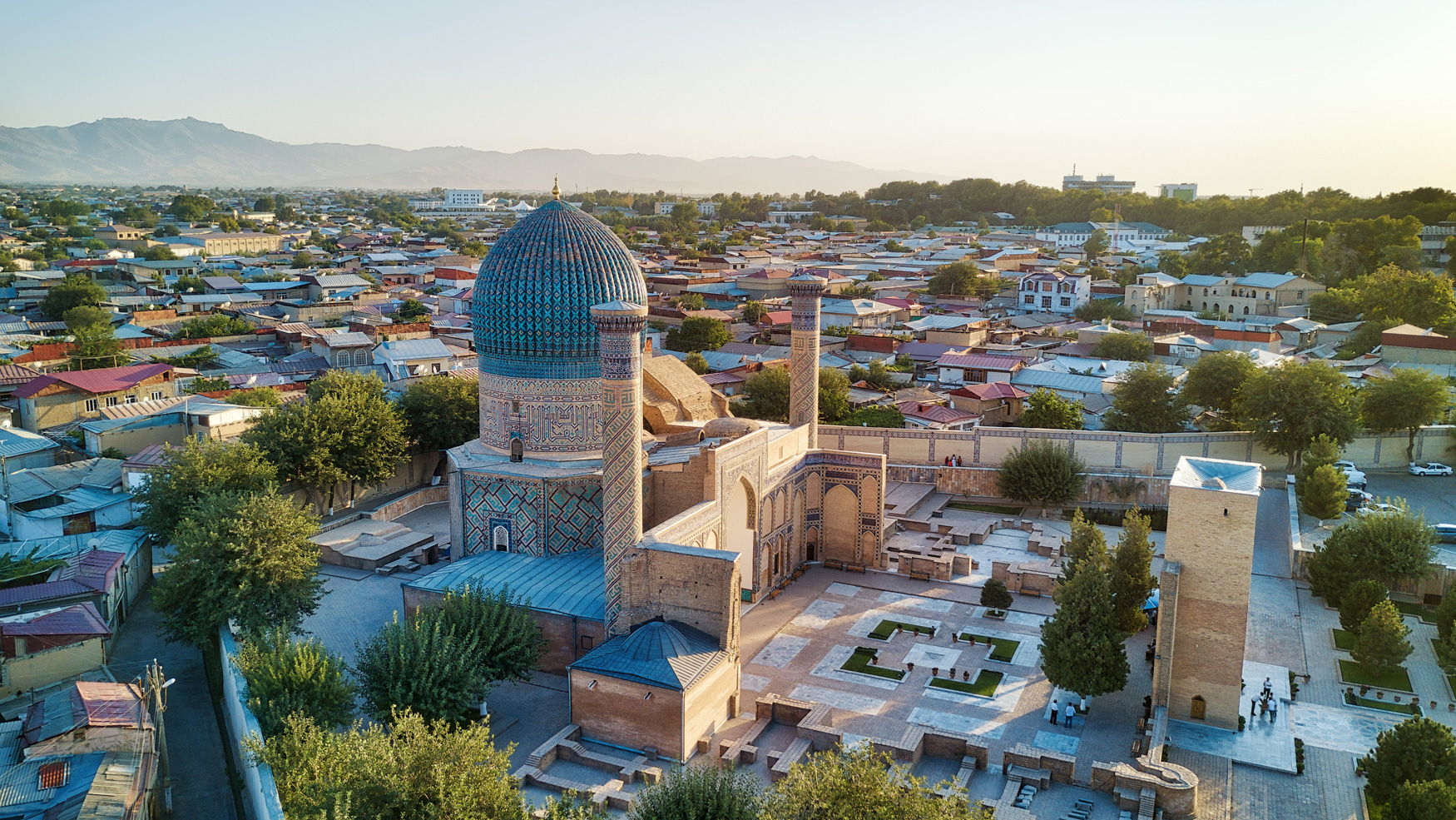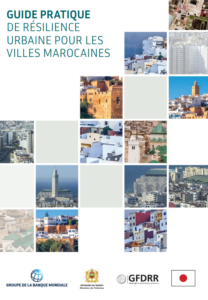Accelerating climate action in global cities
Planning for sustainable development is essential for cities to ensure a stable and resilient environment fit for the climate challenge and their growing populations. Developing city climate action plans can be daunting but financial and planning assistance is readily available, writes Nina Schuler, Technical Director for Sustainable Cities
By 2050 more than two in every three people will live in urban areas, an increase from more than 57 per cent today. While cities are the engines of global economic growth, this continued urban migration brings considerable challenges including overcrowding, pollution, and stress on vital resources such as water.
Climate change adds an extra layer of complexity for cities planning the as-yet-unbuilt infrastructure needed to cope with this continued mass migration. The most recent Intergovernmental Panel on Climate Change report issued the starkest of warnings: if global warming is to be contained within manageable parameters, more must be done urgently to reduce greenhouse gas emissions.
In the context of urbanisation, this demands climate-resilient development that allows cities to build infrastructure now that will be sufficiently adaptable to the changing environment to serve their communities for decades to come.
Financial resources to support cities’ ambitions are available from agencies such as The European Bank for Reconstruction and Development (EBRD), World Bank and African Development Bank.
The trick is accessing and deploying them – at pace.
From vision to implementation
Cities need to understand the scale of the challenges and opportunities – what is needed, where, and how to maximise the impact – and they need to be able to articulate those priorities in a way that resonates with available funding. In addition, they need to keep their stakeholders and communities with them on that journey.
Building a clear picture of city requirements and priorities requires capacity, time and specialist expertise. Many mayors and city officials are interested in creating climate action plans but struggle to create the time, drive the process, and access the data to develop practical and evidence-based climate action plans.
Having supported cities across the world in driving urban development on more sustainable pathways, AECOM has the tools and capabilities to work with cities to help them achieve their goals across three broad stages of the process and to deploy key lessons learned elsewhere.
1/ In the first instance, each city needs to develop a clear vision of what is critical and essential for its development. For some this could be as broad as achieving net zero carbon emissions as new infrastructure is built for a growing population. For others, it might include addressing certain pollution issues or building resilience against a particular vulnerability such as flood, fire or drought. Bringing citizens and stakeholders along on this visioning process is critical.
2/ With that vision articulated, cities need to have a clear understanding of the financing environment that can support and build a case for investment.
3/ The last phase of this process is the development of an action plan that can move a city towards funding and implementation.
Developing capacity and planning action
Financing institutions (such as the EBRD, World Bank and Asian Development Bank) have their own frameworks and methodologies to assess and prioritise investment. They often support the action planning process using evidence-based tools to help institutions and cities to work together to mutual advantage. Those tools enable cities to apply a laser focus to what’s critical in their programmes while making it easier for international financial institutions to lend their support by developing an understanding of climate risks and how to prioritise projects.
The EBRD, for example, employs two key tools, Green City Action Plans and Green Financing Roadmaps, in its €2 billion Green Cities Program, which aims to improve the physical environment, mitigate climate change and improve residents’ well-being. AECOM has worked with the EBRD across eastern European and central Asian cities where the climate threat is acute.

Green City Action Plans assess and prioritise environmental challenges and develop a path for tackling them through policy and sustainable infrastructure investments. Within this process, AECOM and its partners provide expertise and tools to develop the plan and help to build the resources and capabilities a city needs to address its climate priorities, particularly as it moves towards the implementation of these actions.
The Green Financing Roadmap is an additional tool, aimed at mobilising a more diverse set of finance options for projects in cities that have completed action plans. AECOM worked, for example, with Albania’s capital Tirana to improve the green finance readiness of the city government and prepare nine high-priority green investment projects.
In countries that are poorly served by resources needed to plan and execute climate-resilient infrastructure, such as a lack of data or enough expertise on the ground, a different approach may be required. AECOM has recently worked with the African Development Bank, for example, to design a methodology that enables cities to accelerate the information gathering and analysis phase to allow them to move quickly to action.
Speed is critical
Time is of the essence in the battle against climate change, and so the development and sharing of best practice and expertise across continents and projects is important. What works in one city might not be the best response to the challenges of the next, but the application of a shared methodology or experience could be critical in accelerating action.
With cities responsible for more than 70 per cent of global emissions, they are on the front line of the need to find sustainable development solutions. Moving swiftly from planning to action to implementation is critical, and AECOM is ready to support each step.
The Morocco handbook for building urban resilience: a model for the sharing of experience and best practice that could help to accelerate city climate action in other countries.
 There is a long list of extreme weather events and dangerous geological hazards to which the cities of Morocco are subject: heatwaves, heavy rainfall and floods, urban fires, pandemics, earthquakes, coastal erosion, and tsunamis.
There is a long list of extreme weather events and dangerous geological hazards to which the cities of Morocco are subject: heatwaves, heavy rainfall and floods, urban fires, pandemics, earthquakes, coastal erosion, and tsunamis.
With more than two-thirds of the country’s population living in cities, which also account for 75 per cent of GDP, the need for urban resilience is pressing.
So, in September last year, the World Bank and Morocco’s Ministry of the Interior published a “practical guide” for the country’s cities, written by AECOM and drawing on our experience in developing and executing strategies in the cities of Fez and Mohammedia since 2018.
The guide “provides step-by-step guidance for developing robust urban resilience strategies that identify actions to improve resilience to environmental and climate risks and prepare solid action plans allowing for prioritized implementations.”
Practical steps are detailed across four stages – preparation, diagnosis, strategy and planning, with an overview of outputs and outcomes expected for each section. Information is also included on funding mechanisms and sources, as well as timelines that start with developing a team and project governance through to validating and sharing an action plan 15 months later.
The Morocco handbook provides a model for the sharing of experience and best practice that could help to accelerate city climate action in other countries. While every framework needs to be adapted to a specific city’s circumstances, wherever a country or region shares climactic, geographical, cultural and governance characteristics as well as climate threats, the application of a shared methodology has huge potential to save vital time and resources.







